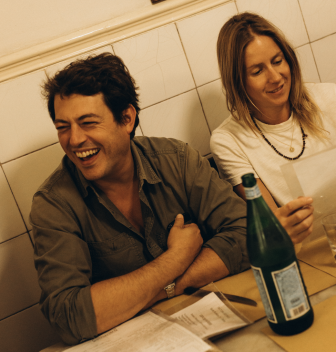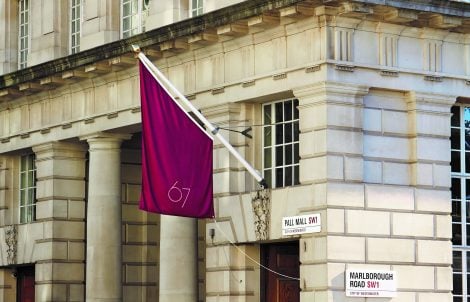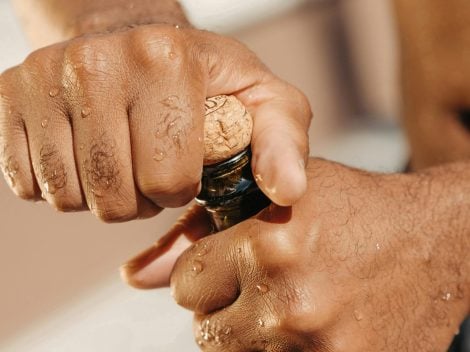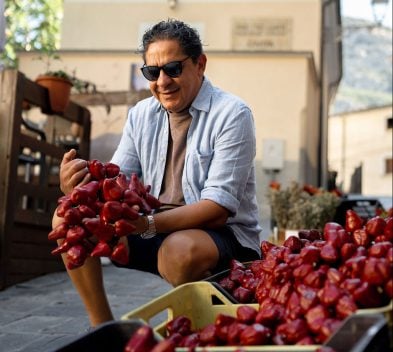Much like David and Goliath, the clash between Carso winemakers and the large Prosecco DOC over the future of Prosekar echoes the biblical duel. On one side, there is the defense of identity and pride from the Carso producers; on the other, a Consortium that cannot necessarily tolerate the presence of a product called "Prosekar" on the market, outside the EU IG perimeter. Legal action is not yet one of the first words uttered by the highland producers of Trieste, the cradle of this sparkling wine that has stirred debate among businesses, institutions, and protection bodies, captivating enthusiasts for years. The long and tumultuous game seems to be reaching its conclusion, but it’s likely that it will go into extra time. The new Prosecco DOC regulations, which include Prosekar as a type (along with Prosecco, sparkling, sparkling rosé, and frizzante), were published in the Veneto Region's official bulletin at the end of May. Just over a month later, local producers separately submitted technical observations to the Region, which will now act as the referee in this challenge. On the field are the Carso Winemakers' Association and the Prosekar Association, and on the other side, the Prosecco DOC Protection Consortium. So far, the term most often heard from the parties involved is dialogue, but under the seemingly peaceful confrontation smolders the Carso producers' temptation to resort to administrative justice if an acceptable compromise isn’t found.
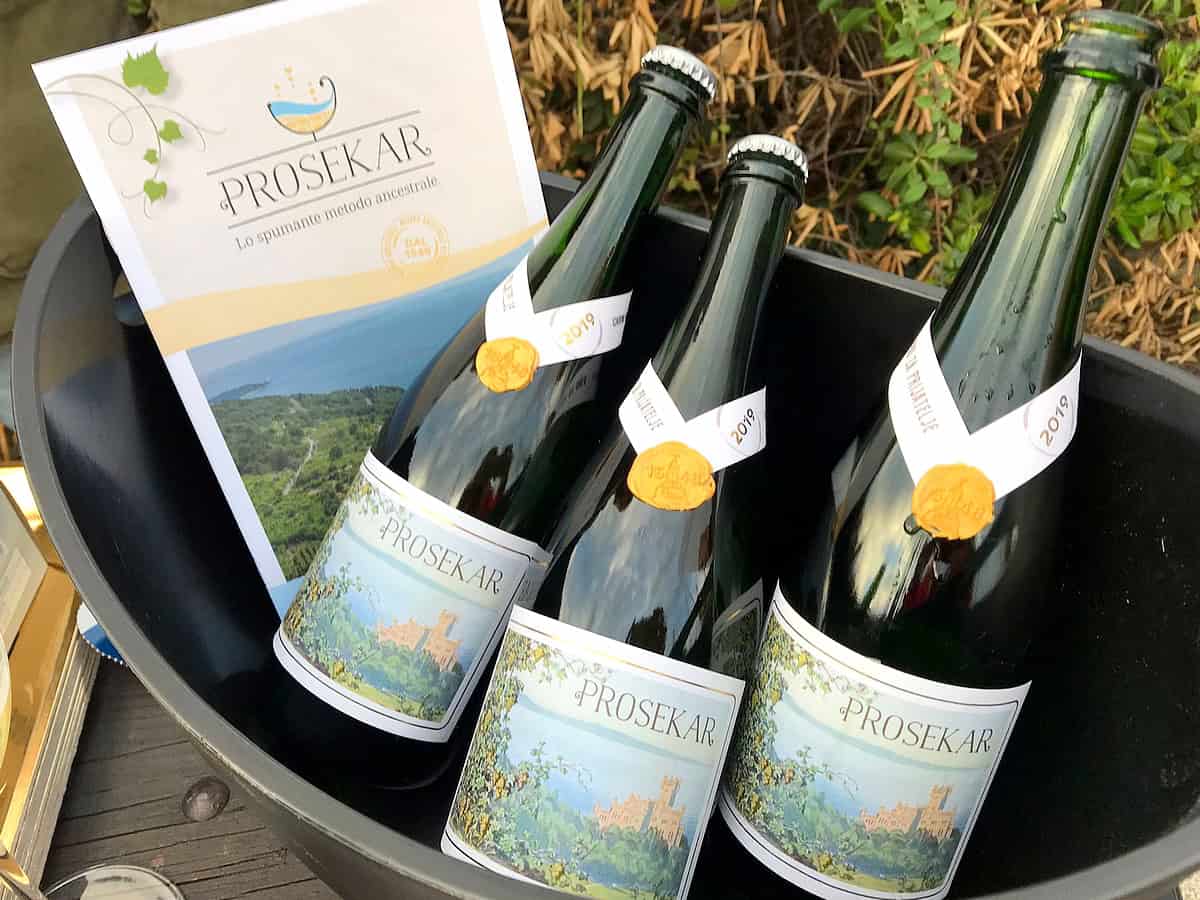
Prosekar - bottles - photo Bole
The issue of autonomy
The main issue is the Carso producers' need for autonomy. They prefer to see Prosekar as a subzone of the Prosecco DOC rather than as a type, as the Consortium has outlined in the regulations submitted to the Region. Clearly, the parties are still at odds after years of confrontation, despite recent overtures from the Treviso protection body. Carso producers lean towards an autonomous status: a subzone would ensure greater control over the parameters of Prosekar wine, including the freedom to interpret the blend. The regulations published in May in the Veneto Region Bulletin state that Prosecco sparkling Prosekar is obtained from the Glera grape for at least 50%, with the possibility of including (alone or jointly) other non-aromatic white grape varieties suitable for cultivation in the province of Trieste up to a maximum of 50%, and the Malvasia grape up to a maximum of 15%. Codifying the Prosekar recipe is complicated. The blend does not have unanimous agreement even among local producers, and not all winemakers produce it. The expression "other white grape varieties" in the regulations is a tacit reference to Vitovska, a historic Carso grape variety. But while the Carso Winemakers' Association can do without it, the Prosekar Association considers it a fundamental ingredient.
Vitovska and losing exclusivity for the Carso DOC
This brings up another issue related to Vitovska, an inseparable element of the Carso DOC (discussed in Duino on June 28-29 during the Mare e Vitovska event). For Matej Skerlj, president of the Carso Winemakers' Association, the grape should remain exclusive to the Carso DOC and not appear in the Prosecco DOC "to avoid diminishing" its territorial and cultural identity. "We risk," says the president of Društvo Vinogradnikov Krasa, the Slovenian name for the association, "losing Vitovska as our prerogative. It would enter the Prosecco DOC under the scheme where the big fish eats the little fish." Skerlj reiterates the winemakers' opposition to Vitovska’s inclusion in the large interregional DOC: "Prosekar can be made with just Malvasia and Glera, historically the two most cited blends," he emphasizes, "without including the white grapes of the province of Trieste in the regulations. We don't think it’s appropriate for DOCs to exchange grape varieties." Yet the text presented by the Consortium in the Veneto Region does not provide for the indication of Vitovska on the label, nor for the other two grape varieties (Glera and Malvasia). Nonetheless, the Carso Winemakers' Association has requested to keep the fields separate. Also, in a story that has dragged on for years, President Skerlj, who says he is "disappointed by the Consortium's attitude," has a fundamental conviction: "The Prosecco DOC Protection Consortium would make a deal by putting its hands on a historic grape variety in an area not its own, boasting a niche like Prosekar within the DOC. We have made constructive observations, even though we would like the regulations to be rewritten. We agree on the subzone with our colleagues from the Prosekar Association. Now, we hope the Region listens to our needs, because otherwise, we will move forward," he concludes, referring to the possibility of legal action.
The necessary compromise to preserve Prosekar
Beyond the Vitovska issue, the broader question of Prosekar's survival as a wine remains. In this sense, compromise seems necessary. The Prosekar Association, chaired by Andrej Bole, appears more conciliatory and based on stark reality. The recent entry into force of the new European Regulation on Geographical Indications does not allow the existence of a Prosekar outside the Prosecco DOC. The Consortium would intervene legally to protect the Prosecco IG. The Croatian Prosek issue has set a precedent, and the law on IG protection would allow for stopping any attempt by Carso winemakers to create their own denomination with the name Prosekar. This is one of the Consortium’s main concerns: the creation of a separate DOC from a previous subzone, as has happened elsewhere in Italy, such as with Colline Teramane Montepulciano d'Abruzzo DOCG (which chose to return under the Abruzzo Wine Consortium's protection in October 2023), or with Nizza DOCG, a former subzone of Barbera d'Asti DOCG until 2014. "Initially," says President Bole, "we would have preferred an additional geographic unit, but it wasn’t possible. The subzone is our dream. And we consider it a step forward that the regulations provide for the mention of Trieste for Prosekar, which, in our opinion, should include Vitovska. Otherwise, we know there are still differences between our needs and those of the Consortium. We are working to smooth them out as much as possible and move forward together." Regarding the possibility of legal action: "We do not exclude anything," concludes Bole, "and we must see how far we can go in dialogue with the Prosecco Consortium."
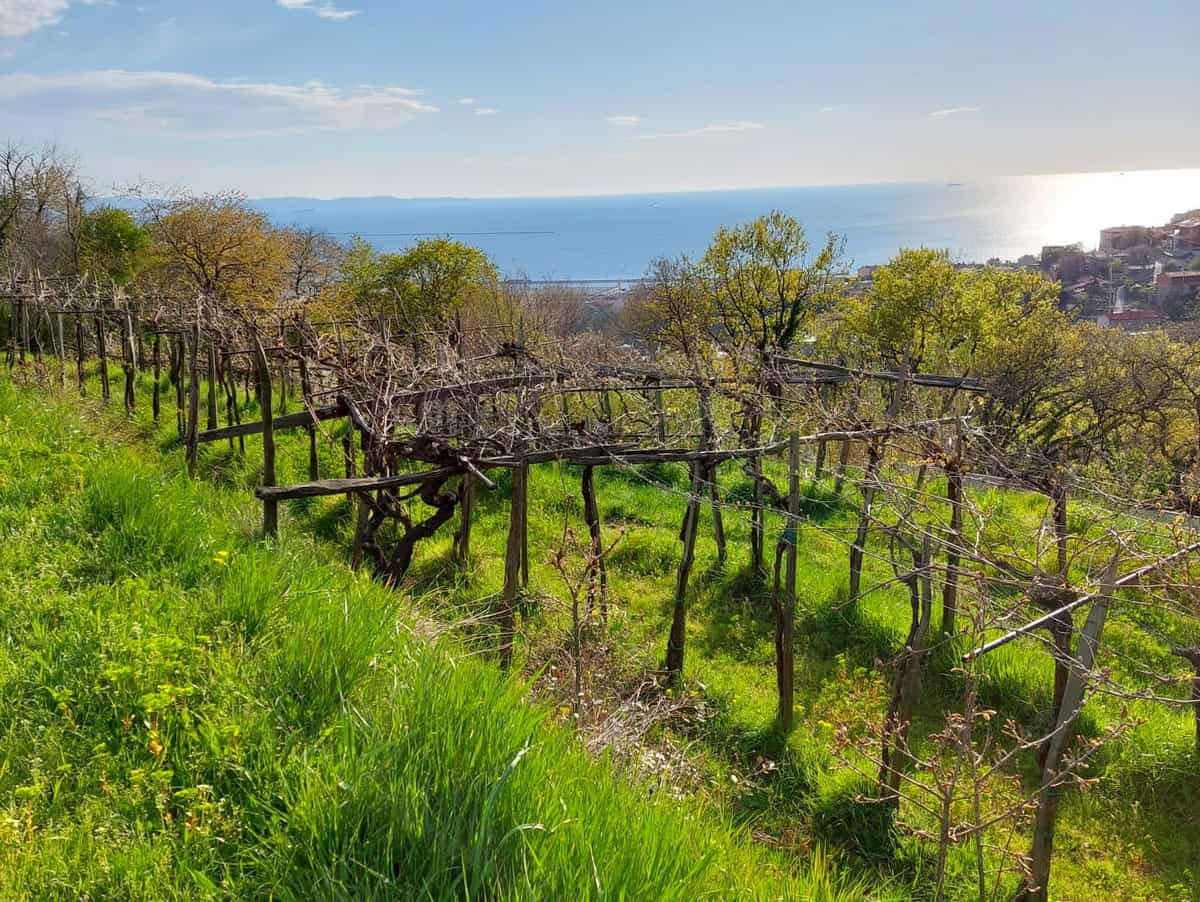
Benefits for the DOC Consortium
A compromise could bring significant benefits to the body in Piazza Filodrammatici in Treviso. It would close a more than decade-long dispute (which included an appeal to the TAR, later withdrawn by the Carso producers, against the rosé version regulations in July 2020); the DOC would expand its range and enrich itself with the new Prosekar type (including the reserve version); the Consortium could boast a premium product (priced at 18-20 euros per bottle) to promote internationally and to the trade press and horeca channels. Additionally, it would ensure territorial peace, as there would be no more areas complaining of being excluded or deprived of their grape varieties within the large Veneto-Friuli DOC. However, compared to the local businesses' demands, the body led by Giancarlo Guidolin will also have to make some concessions if it wants to close the matter. For the Carso producers, in what the Prosecco DOC Consortium considers a "win-win" operation, there would be the opportunity to see the Prosekar name protected, allowing them to navigate the market peacefully, leveraging the promotional power of Italy's leading DOC, which currently exports 80% of its production. Probably, their specific weight within the body would be very low, but the existence of Prosekar does not seem able to continue without joining the Prosecco DOC.

When Prosecco "took over" the Eponymous Village
Prosekar wine, which in Slovenian means "wine from Prosecco," referring to the eponymous hamlet, effectively gives its name to the entire Prosecco DOC through its connection to the toponym, as required by EU laws and regulations on IG protection. In 2009, the connection with this tiny center on the Carso plateau allowed for the creation of the DOC, along with the simultaneous renaming of the base grape from Prosecco to Glera. However, from the outset of the denomination, the first coexistence problems arose between Prosecco (over 600 million bottles) and Prosekar (a few tens of thousands of bottles). The Trieste winemakers were (and still are) determined to defend their traditions against what they saw, and still partly see, as a large commercial operation by the Venetians. The wines, however, are very different, with Prosecco being vinified using the Charmat mebthod (in autoclave) and Prosekar using bottle fermentation (the label allows for the terms "traditional method" or "classic method"). The European laws on PDO wine protection caused many technical-managerial and politico-cultural headaches for the Prosecco DOC Consortium, which was immediately engaged in managing a difficult coexistence. But the Treviso body has never hidden its desire for full valorization of this niche, as recently reiterated to Gambero Rosso by the new president Guidolin. In this sense, a compromise would be a historic step, knowing well that in the end, none of the contenders will be able to claim complete victory.

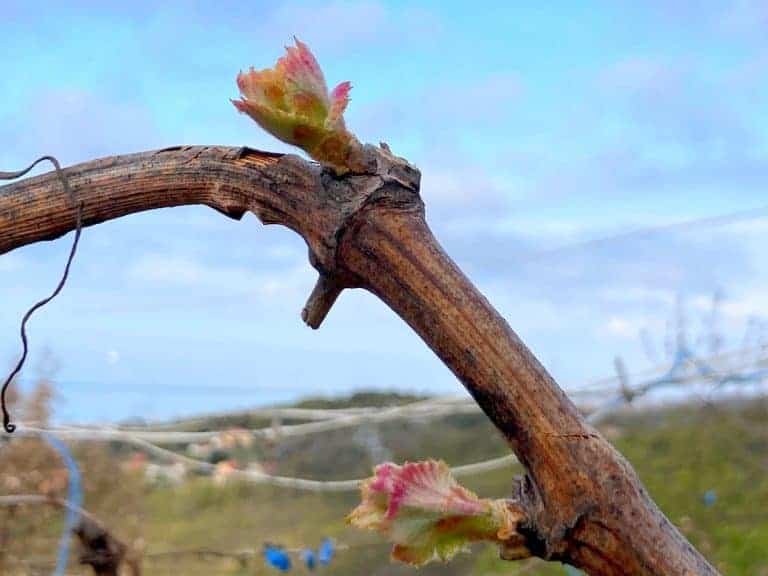
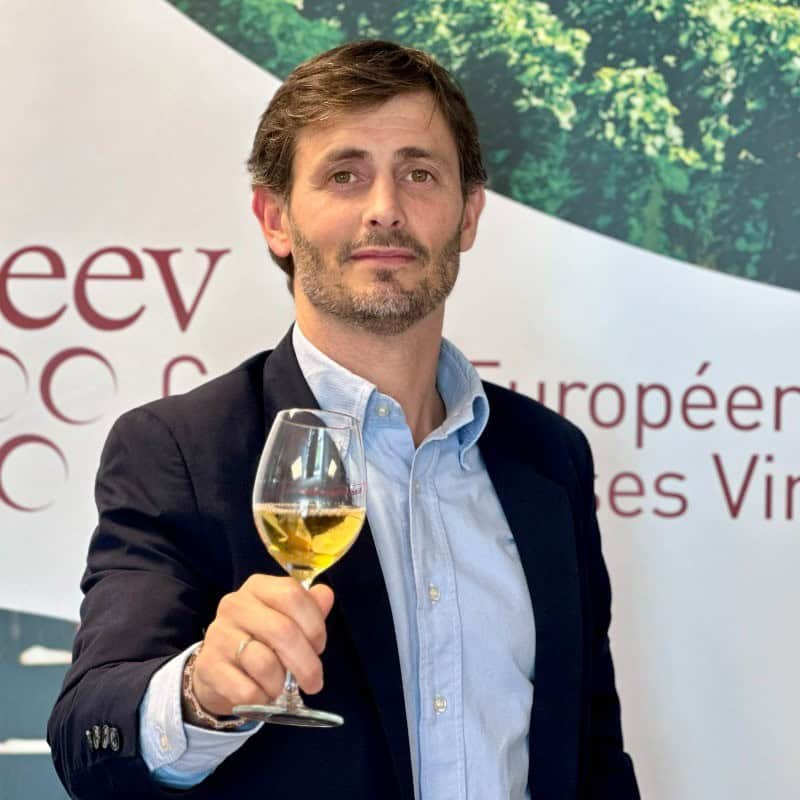 'Watch out for Ireland: wine health warnings have only been postponed to 2028,' warns CEEV secretary
'Watch out for Ireland: wine health warnings have only been postponed to 2028,' warns CEEV secretary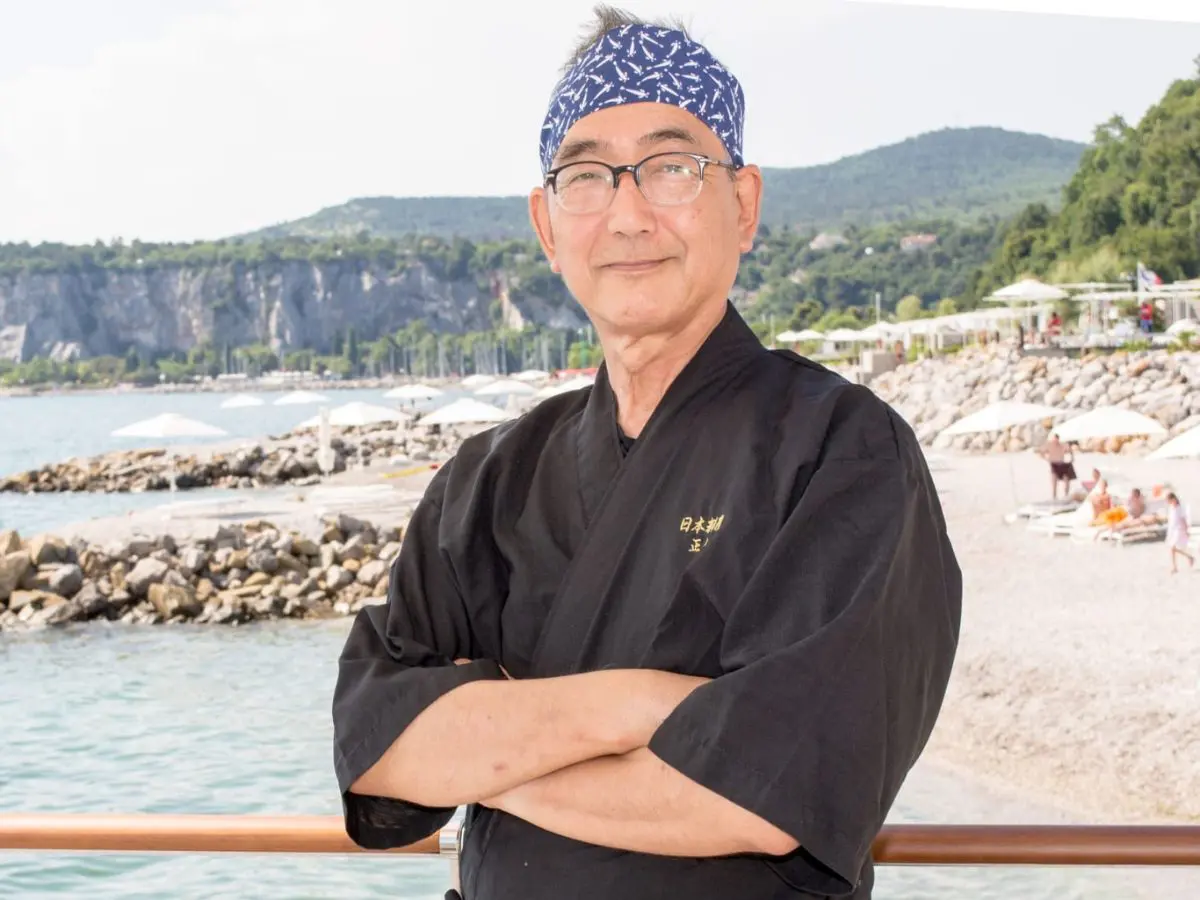 The former food critic who brought authentic omakase to Udine
The former food critic who brought authentic omakase to Udine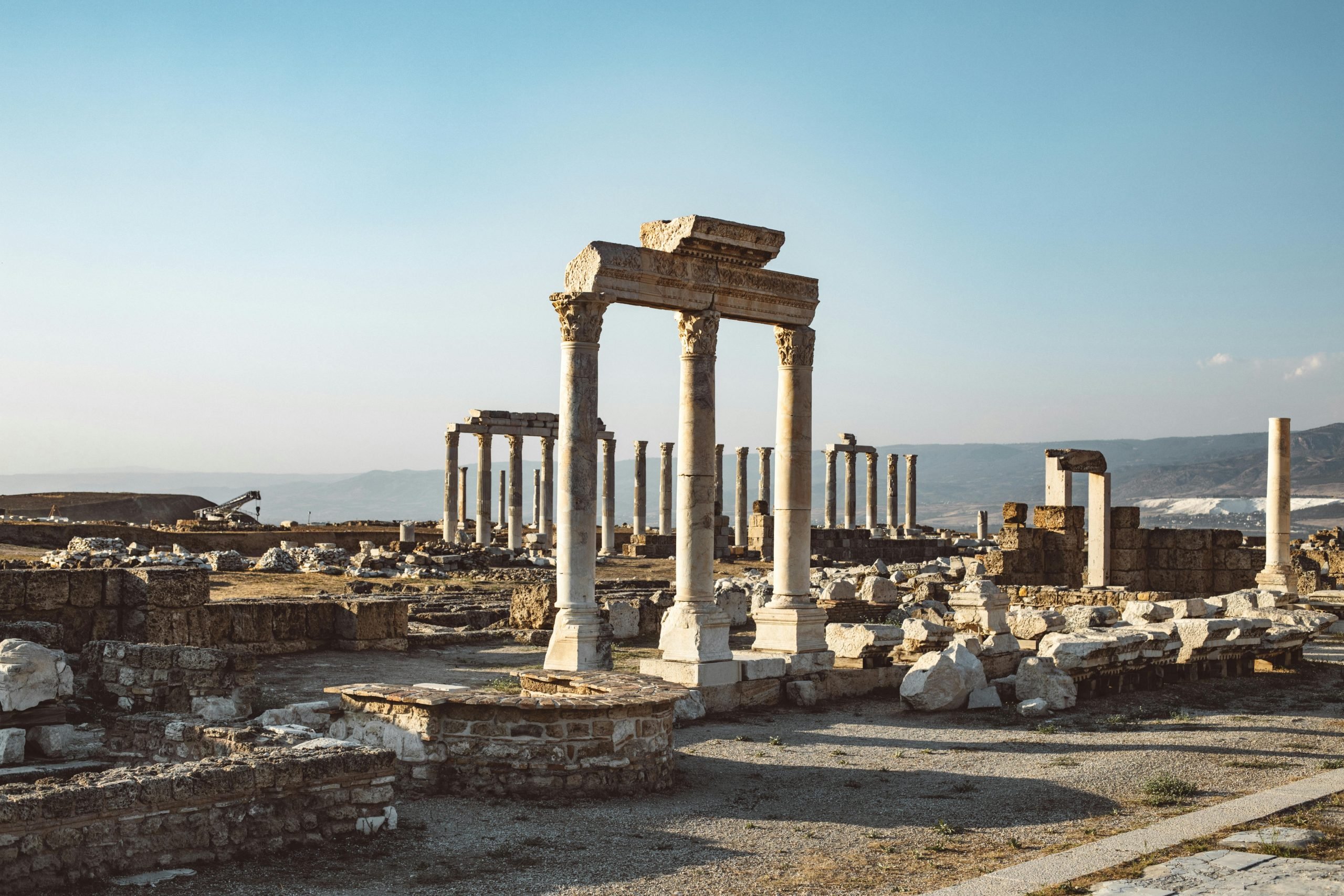 Are wine's woes structural or cyclical?
Are wine's woes structural or cyclical? Jannik Sinner toasts ATP victory with Asti, but Italian newspapers call it 'Champagne'
Jannik Sinner toasts ATP victory with Asti, but Italian newspapers call it 'Champagne'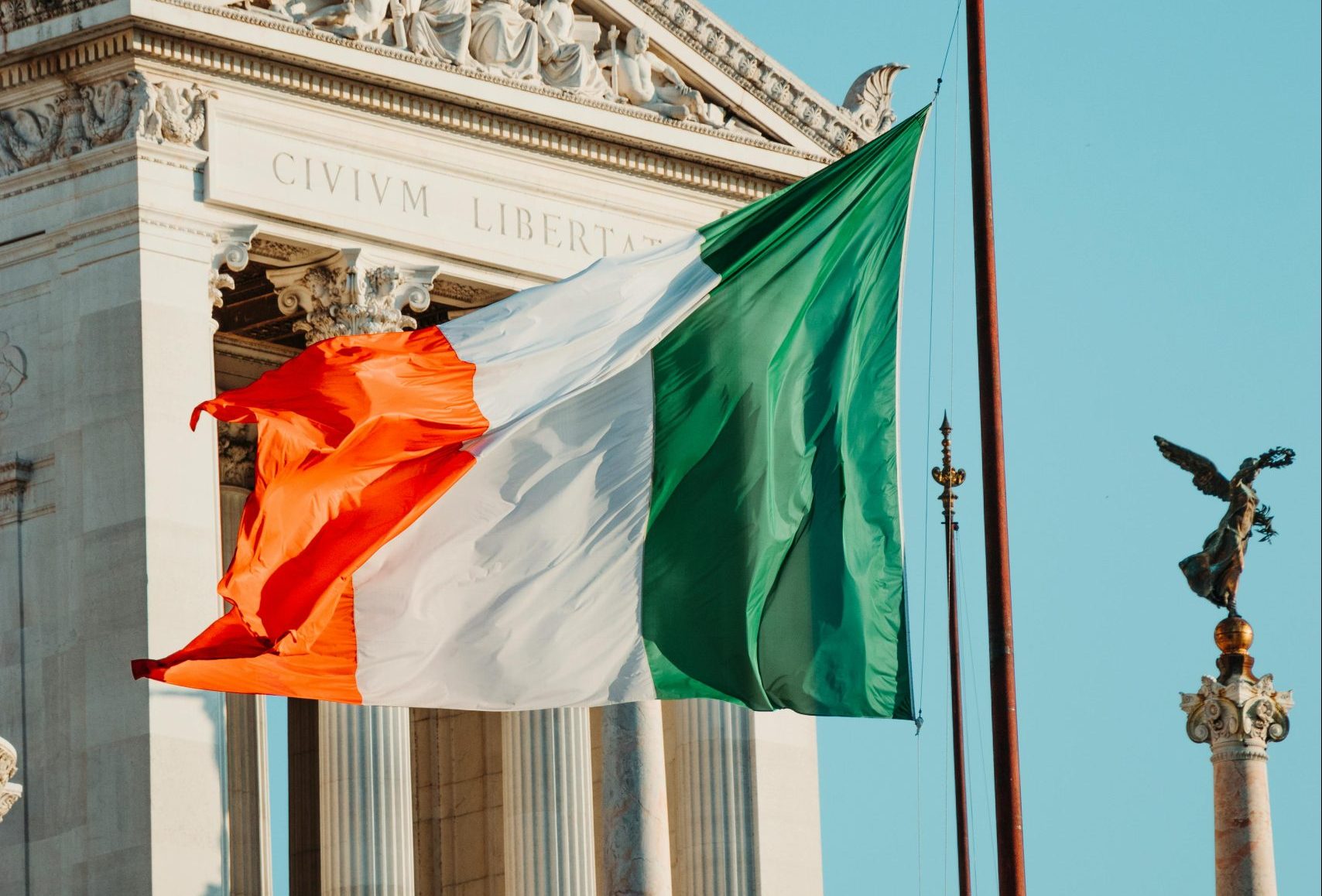 Italy defies global wine production drop, OIV data reveals
Italy defies global wine production drop, OIV data reveals
